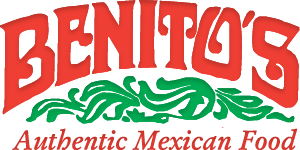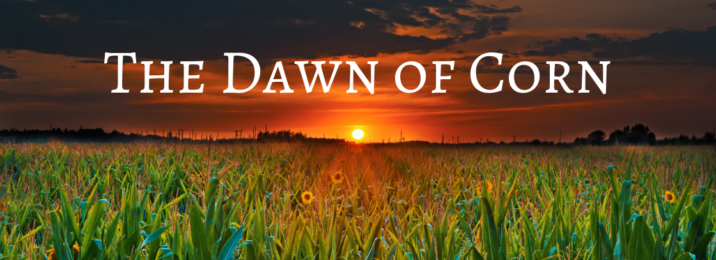The Dawn Of Corn
Humans cultivated and developed corn as we know it today. It’s a plant that doesn’t exist naturally in the wild. It’s only survival is the plantation, cultivation and protection by humans.
Corn was developed approximately 7000 years ago by people living in central Mexico. Its origins came from a wild grass called teosinte which looked did not look like our corn at all. Modern corn has kernels on the husked ear whereas the kernels on teosinte were small and not placed close together. Also known as maize, the Indians throughout North and South America became dependant on this crop for most of their food.
Maize spread from Mexico north into the Southwestern United States and from there, down the southern coast to Peru. Approximately 1000 years ago, the Indian people migrated to North America and brought corn with them. When Europeans made contact with the natives living in North and South America, corn was a major part of their diet. When Christopher Columbus “discovered” America, he discovered corn. Until this time, the Europeans didn’t know about corn.
A Great Exchange
When Columbus reached the Americas, aside from corn, there were many other plants the Europeans hadn’t seen before. And in turn, Europeans introduced several new plants to the native people living in the Americas.
Corn and the Sauk and Mesquakie Indians
The Sauk and Mesquakie women like other tribes, planted many acres of corn each spring. They cultivated and tended the fields surrounding their villages and grew pumpkins, beans and squash.
In Modern day, there are many kinds of corn. Flint, dent, sweet and of course popcorn being the most common.
Flint corn; also known as Indian corn, has a hard outer shell and kernels with a spectrum of colors from red to white. Most flint corn is grown in Central and South America.
Dent corn; often referred to as “field corn” is most often used as livestock feed. It is also the main brand of corn that’s used in the manufacture of industrial products and various foods. The color is either white or yellow.
Sweet corn is usually eaten on the cob, but its also canned or frozen. Sweet corn is very seldom processed into flour or livestock feed. Sweet corn gets its name because it contains more sugar than any of the other types of corn.
Popcorn, a type of flint corn, has a soft starchy center that is covered by a very hard shell. When popcorn is heated the moisture in the center of the kernel turns to steam that builds up enough pressure and causes the kernel to explode. When the kernel explodes, it results in the white starchy mass that we eat.
Many Uses for Corn
Aside from corn being an important part of the daily diet of many Indian groups, they also used all parts of the corn plant. The husks are braided and woven to make baskets, sleeping mats, cornhusk dolls, masks or moccasins. Corncobs be used for game dart, fuel as well as for ceremonial use.
There are numerous uses for corn in the modern world as well. Just as Indians depended on corn as a major part of their diet it would be difficult for any American today to live without corn. Textiles used in the manufacture of clothing are strengthened by cornstarch. Farmers feed their chickens corn. Many of the soft drinks we drink are sweetened with corn syrup.
Books are bound with cornstarch. The ink used for printing contains corn oil. Ethanol is made from corn. The car that transports us may be powered by fuel containing ethanol. Corn is also used in everyday products such as , shoe polish, glue, aspirin, cosmetics, ink, marshmallows, ice cream.
We are continuing to find new ways of using corn with the passing of each day. Our only limitation is our own imagination






